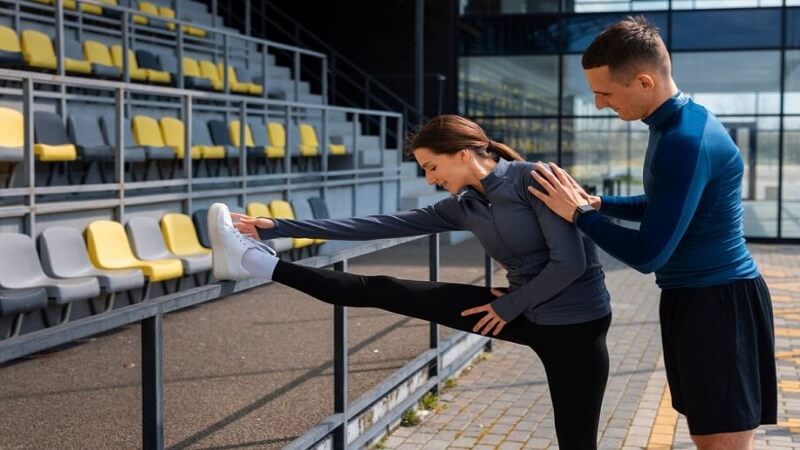Have you ever sustained a sports injury and wondered what steps to take next? Do you know how to manage your recovery to get back to peak performance effectively? Nevertheless, it can be frustrating and debilitating.
With the right approach, you can recover fully and even strengthen your body. This article will guide you through managing sports injuries, from diagnosis to recovery, and highlight the role of a sports injury rehabilitation centre in your healing journey.
Common Types of Sports Injuries
Common issues include sprains, strains, fractures, and dislocations. When ligaments are stretched or torn, sprains occur. Meanwhile, strains involve muscles or tendons. Fractures are breaks in bones, and dislocations happen when bones are forced out of their normal position.
Understanding the type of issue you have is the first step toward effective treatment. Each one requires a specific approach. This will ensure proper healing and prevent further damage.
Causes and Risk Factors
Overuse is a common cause resulting from excessive strain or repetitive motion of a particular body part. Improper technique or lack of proper equipment can also lead to complications. Inadequate warm-up or cool-down routines also increase the risk.
Identifying these risk factors helps in preventing issues. You must ensure proper training, use appropriate gear, and incorporate stretching exercises. These can considerably reduce your chances of getting hurt.
Diagnosis and Initial Treatment
Recognising Symptoms
Recognising the symptoms of a sports injury is crucial for timely intervention. Symptoms may include pain, swelling, bruising, and a limited range of motion. You may also experience numbness and instability.
Visible deformity can be observed in more severe cases. If you experience these symptoms, you must stop the activity immediately and seek medical advice. Early diagnosis can prevent the issue from worsening and expedite the recovery process.
Immediate Steps to Take
When an incident occurs, follow the R.I.C.E. protocol: Rest, Ice, Compression, and Elevation.
- Rest the affected area to prevent more damage.
- Apply ice to reduce swelling and pain.
- Use a compression bandage to minimise swelling.
- Elevate the area above the heart level to decrease blood flow to the site.
These immediate steps help manage pain and swelling, preparing you for further medical evaluation and treatment.
Seeking Professional Help
When to See a Doctor
While minor issues can often be managed at home, some situations require professional medical attention. If you experience severe pain, significant swelling, or inability to move the affected area, consult a doctor. Additionally, if symptoms persist despite initial treatment, seek professional advice.
A doctor can diagnose accurately through physical examination and imaging tests like X-rays or MRIs. This ensures you receive the appropriate treatment for your specific condition.
What You Need to Know About Sports Injury Rehabilitation
A sports injury rehabilitation centre plays a crucial role in the recovery process. These centres offer specialised care tailored to athletes and active individuals. They provide comprehensive treatment plans that include physical therapy, strength training, and prevention strategies.
Rehabilitation centres have experienced professionals who guide you through each stage of recovery. They help restore function, improve mobility, and reduce the risk of re-injury. This will ensure a safe and effective return to your sport.
Managing sports injuries effectively requires a comprehensive approach, from accurate diagnosis to complete recovery. Utilising the services of a sports injury rehabilitation centre can significantly enhance your recovery process. Take these steps seriously to ensure a swift and successful return to your athletic activities.
